
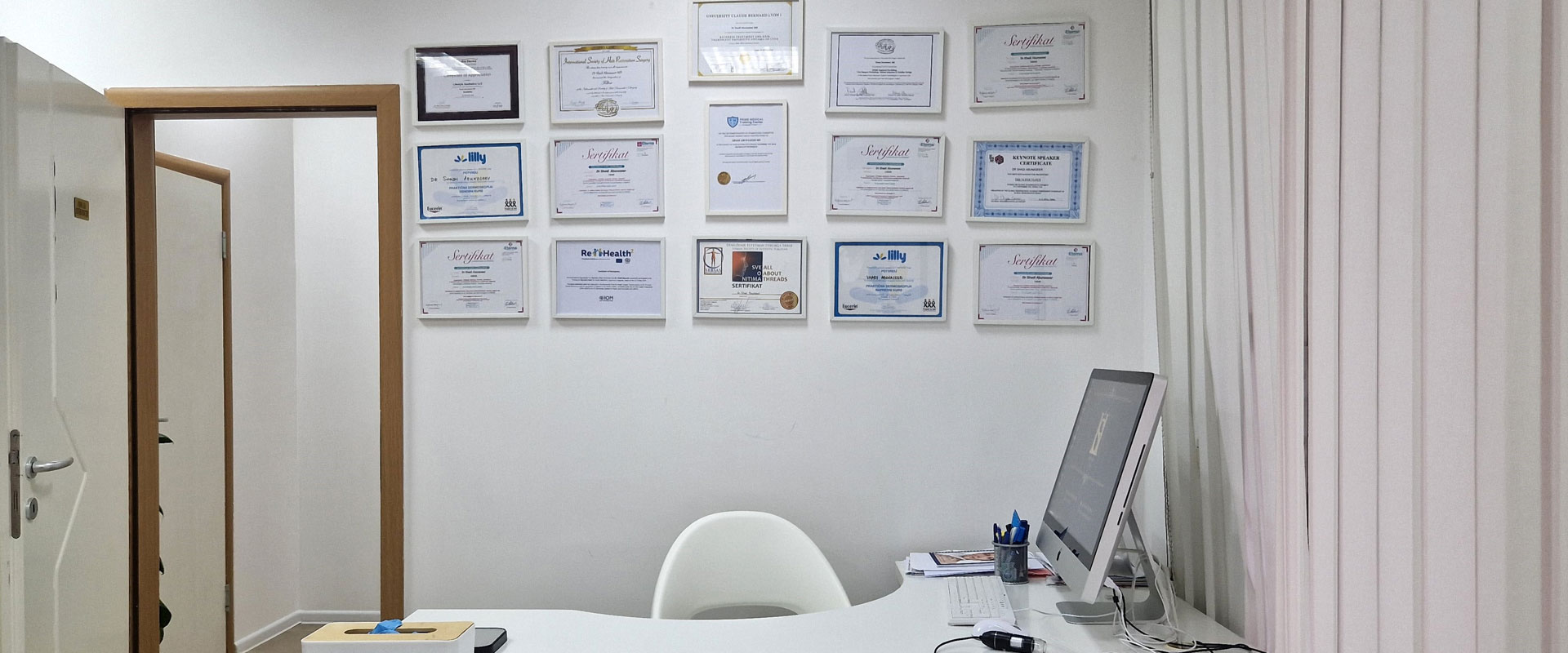
Hair Transplantation
Hair transplantation is a surgical procedure that can vary depending on the method being applied. The most popular method is the method of single follicular transfer, which is professionally called FUE (Follicular Unit Extract).
In the late 80's, the use of a stereo microscope began to separate the follicles that were extracted. Initially, the diameter of the instrument "punch" was much bigger and consequently left more trauma on the skin. It created the effect of a "doll" and an unnatural result, but it was perfected in practice during time. Today, most commonly used are punches with a diameter of 0.6 - 1.2mm.
The instrument is used to pass around the follicles and, without damaging it, release the skin that holds it. After that follicle can be easily removed and implanted in the region where the hair is thin or completely lost.
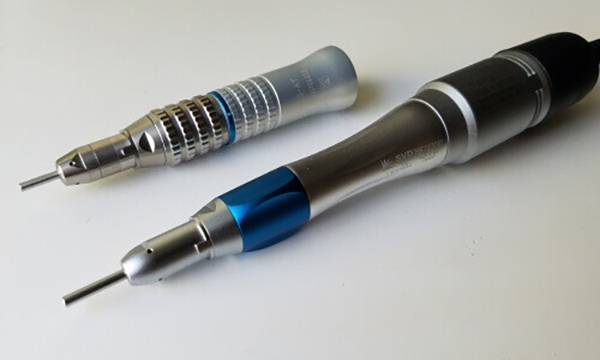
Folicule extraction instrument
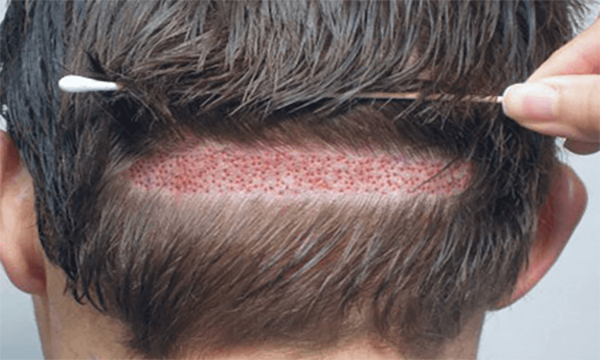
Donor region without hair shortening
It is possible to insert the follicle into the implanter immediately after extraction and implant it. It is important to remain follicle outside the body for the shortest period of time. In that case we reduce the risk to follicle survival.
When the follicle is removed, it is deposited in a Petri's bowl, which is filled with saline. It is also sunk in a certain ratio to HypoThermosol, as well as the BIo substance ATPv. There are factors to help the extracted hair follicle survive longer and stimulate its growth. The aforementioned Bio elements (ATPv, HypoThermosol) are some of the factors. Another factor is the treatment of follicles during the extraction (certain angle) and implantation. In order to maintain vitality of the follicle, it is necessary to provide a low temperature. That is one of the key factors, where the follicles are stored and preserved.
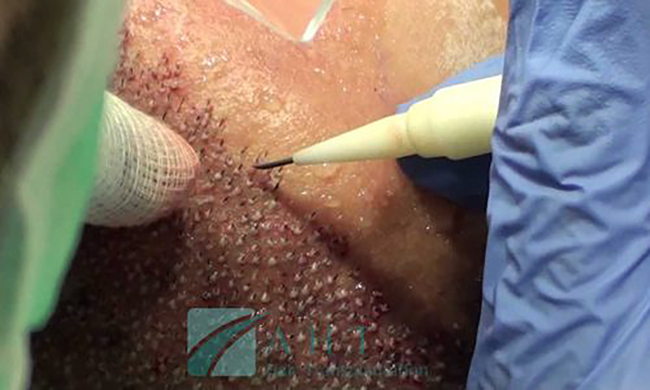
Working with hair implanter
It is a yellowish liquid that is then extracted from the tube and given to the patient. Usually its been given in the region where the hair is implanted to further stabilize the follicles.
HypoThermosol
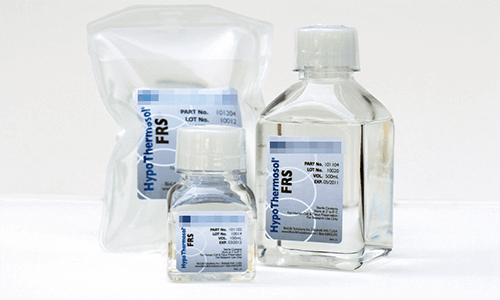
Hypotermosol bottles
The AHT method is the only one which uses an additional element (HypoThermosol) which is mixed with saline. Thereby doubles the time of the vitality of the follicles, which definitely distinguishes us from all other methods presented today.
With the latest AHT method of hair transplantation, besides HypoThermosol, other elements such as ATPv are added.
It is Bio element that additionally stimulate the follicle. It gives follicle an impression that it is not at all extracted from the body.
It is certainly very important to determine the ratio, which is our business secret.
AHT Hair Transplant - The difference that can be seen
What distinguishes the AHT method from other hair transplantation methods is that, besides BioElements, it sometimes involves the use of colostrum and peptides that additionally react as growth hormones on the newly implanted follicles. The AHT method, using these elements, is currently the most effective method of hair transplantation of all methods used.
Continuous research is done on the possibility of hair multiplication (HM), better known as hair cloning. Currently, this phase is still being tested and we are hoping that this method will soon be in use, which would shorten the hair transplant procedure, keep the density in the donor part, and also reduce the price of the transplant procedure.
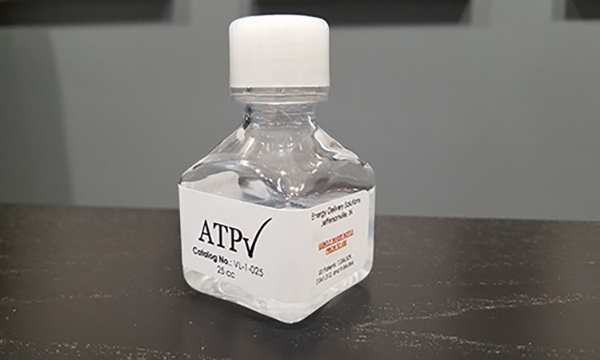
ATPv element for follicle vitality
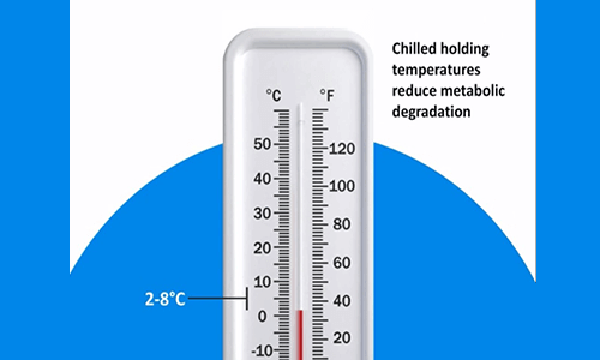
Temperature as one of the key elements












